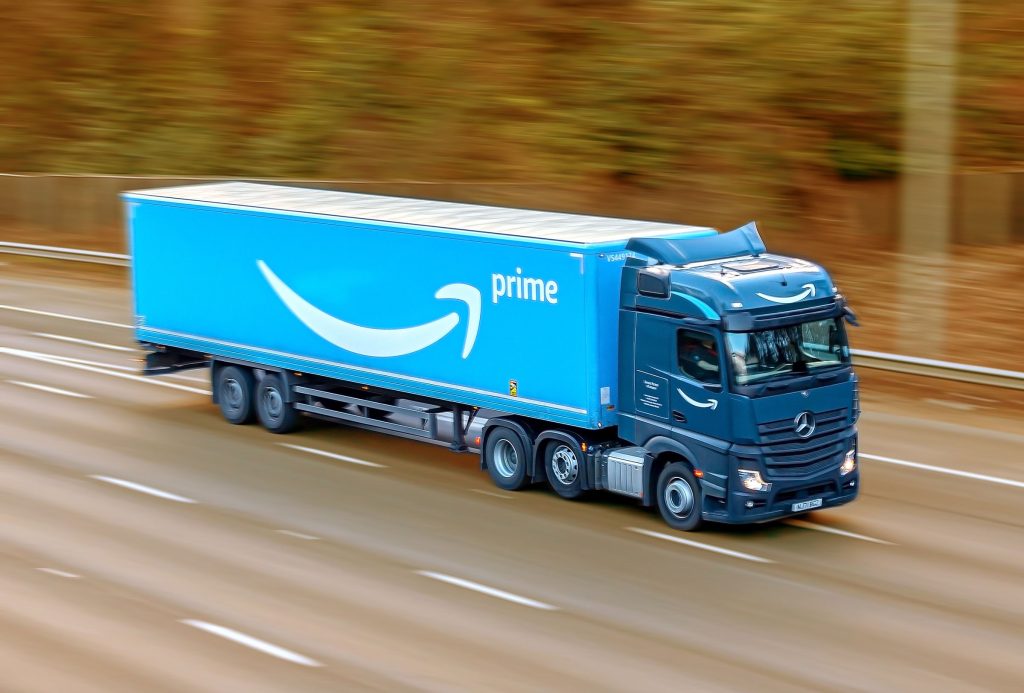Amazon’s Shipping and Delivery Emissions Just Keep Going Up
Amazon’s Shipping and Delivery Emissions Just Keep Going Up
As the world’s largest online retailer, Amazon has a huge impact on the environment through its shipping and delivery...

Amazon’s Shipping and Delivery Emissions Just Keep Going Up
As the world’s largest online retailer, Amazon has a huge impact on the environment through its shipping and delivery operations. In recent years, the company’s carbon footprint has been a growing concern for environmentalists and consumers alike.
Despite efforts to reduce emissions, Amazon’s shipping and delivery emissions continue to rise. The company’s fast shipping options, such as Prime two-day delivery, have led to an increase in the number of deliveries and trucks on the road.
According to a recent report, Amazon’s carbon footprint increased by 15% in 2020, with shipping and delivery accounting for a significant portion of these emissions. The company has committed to becoming carbon neutral by 2040, but many question whether this goal is realistic given the current trajectory.
In response to criticism, Amazon has introduced initiatives such as electric delivery vehicles and renewable energy projects. However, some argue that these efforts are not enough to offset the growing carbon emissions from the company’s shipping and delivery operations.
Consumers are becoming more conscious of the environmental impact of their online shopping habits and are calling on Amazon to take greater responsibility for its emissions. Many are opting for slower shipping options or choosing to purchase from companies with more sustainable practices.
As Amazon’s shipping and delivery emissions continue to rise, it is clear that the company must take more drastic measures to reduce its carbon footprint. The pressure is on for Amazon to prioritize sustainability and address the environmental impact of its operations before it’s too late.
Ultimately, the future of Amazon’s shipping and delivery emissions will depend on the company’s commitment to sustainability and the choices that consumers make in response to these concerns.






